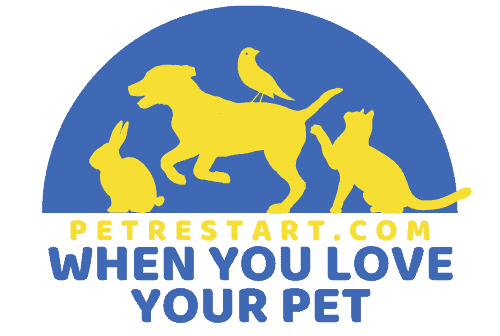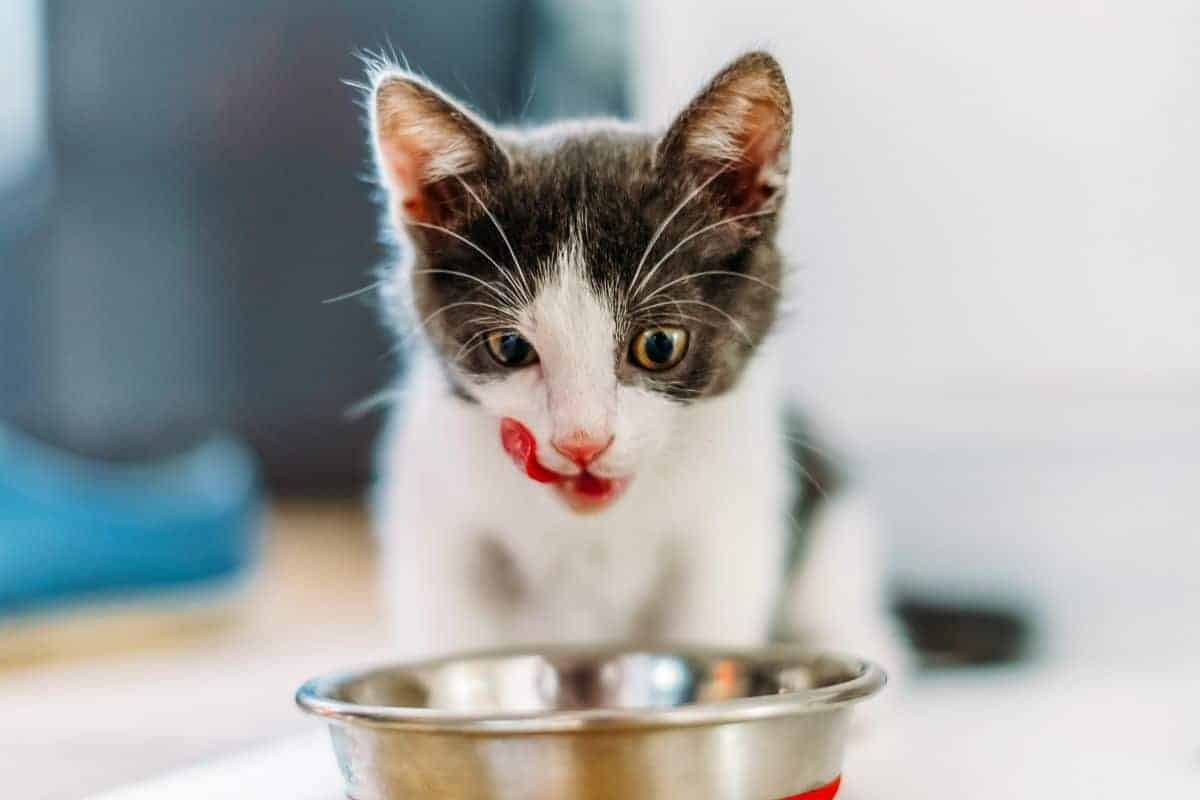Just like humans, cats have their own unique preferences when it comes to mealtimes. Cats are notorious for being fussy eaters. Between my own two cats, one will turn their nose up to anything but dry kibbles, while the other will happily eat wet food, whatever the temperature! Luckily, you can count on your cat to teach you what they like or dislike, mainly by not eating it.
Cats should eat warm food to mimic the body temperature of prey that they would naturally eat in the wild. While cold food is harmless to their health, and many cats will eat it happily, it can cause some cats to vomit after eating, as the cold food can irritate their stomach.
As a cat parent, you want to ensure that you are taking the best possible care of your feline. You may want to feed your cat wet food as a special treat, or the vet may have recommended a change in their diet. It can be worrying when your cat refuses to eat their food or vomits it up straight afterwards. The temperature at which you serve your cat their wet food could be an important factor.
Can cold food make cats sick?
Some cats refuse to eat cold wet food altogether while others may consume it and then regurgitate the food a few minutes later. This is not a danger to your cat’s health. Vomiting is a normal reaction from a cat’s digestive system to anything that irritates their stomach lining. Eating cold wet food may irritate your cat’s stomach, causing them to throw it up (most often on your favorite rug). This does not mean your cat is sick, it means that their digestive system is working as it should.
Why do cats prefer warm wet food?
It is difficult to believe that your pampered, purring kitty has anything in common with ferocious felines like lions and leopards. Cats are, however, natural predators, and they prefer warm wet food because it is closer to the body temperature of the fresh prey that they would naturally eat in the wild. Even if your cat doesn’t hunt, their brains are wired to prefer food that is closer to “mouse temperature”.
By letting the wet food warm up a little, it releases more of its flavor and aroma, making it more appetizing to your cat. This may help if you are trying to convince your cat to start eating wet food for the first time. Kittens usually prefer warm wet food because they are used to their mother’s milk which is at body temperature.
Should I warm up my cat’s wet food?
Most cats prefer warm wet food, but if your cat happily eats cold wet food, do not bother warming it up (consider yourself a very lucky cat parent with a kitty that isn’t fussy!). It is perfectly safe to feed cats wet food straight out of the refrigerator.
The most convenient way to keep your cat’s wet food at the right temperature is by buying it in single-serving packets and storing them in a warm kitchen cupboard (I keep mine in the closet next to the fridge!).
How to warm up refrigerated cat food
There are a few different ways to warm up wet cat food if you are in a hurry and cannot wait for the food to reach room temperature on its own. It is important to note that while you can warm your cat’s food up to room or body temperature, you should never heat the food up to the point that it gets hot and cooks. This changes the structure of the fats and proteins in the cat food, making it less digestible for your cat.
- Microwave it. Spoon the wet food onto a microwavable plate, sprinkle it with a teaspoon of water, and pop it in for 3 to 5 seconds. Be careful not to heat the food up too much, as it will cook it. Stir the food up to avoid there being chunks of warm food and chunks of cold food, as the microwave heats up food unevenly. Check the temperature with your finger before giving it to your cat, to ensure the food will not burn their mouth. Microwaves vary in power, so experiment with yours to see how long your need to blitz the food for.
- Add hot water. Add a tablespoon of hot (not boiling) water to your cat’s wet food in their bowl and mix it thoroughly. With most brands of wet food, adding a little water will not change the consistency too drastically, but do be careful not to add too much water, as the soupy texture will not be appealing to your cat.
- Place the food packet in hot water. Without opening the food packet, place it in a large mug of hot (not boiling) water. Let the water warm up the food for 1-2 minutes before serving it to your cat.
How to store wet cat food after opening
Unopened wet cat food can conveniently be stored in the cupboard at room temperature, but once opened, wet food needs to be stored in the refrigerator to prevent it from going off. Spoiled wet cat food contains bacteria that could give your cat food poisoning.
Place a tight-fitting lid on the can to prevent the cat food odor from contaminating your other food in the fridge. This will also prevent the wet food from drying out, which will make it unappealing to your cat. If wet food has been refrigerated, you should take it out and let it sit on the counter to warm up to room temperature before serving it to your cat.
Can I leave wet cat food out overnight?
It might seem like a good idea to fill your cat’s bowl with wet food straight out of the refrigerator and to leave it in their bowl overnight to warm up. Do not do this! Wet cat food can spoil in a matter of hours and should never be left out for more than 4 hours.
If your cat is not that hungry and leaves any wet food uneaten, you should throw it away after an hour. It’s better to feed your cat many, smaller portions of wet food that they will finish, rather than giving them one big portion to snack on throughout the day.
Why is my cat throwing up after eating?
Cats vomit after eating something that irritates the lining of their stomach, like grass, insects, or cold wet food. Another reason that they vomit directly after eating is that they eat their food too quickly. This issue can be solved by feeding your cat very small portions at a time, or if you have more than one cat, feed them separately so that they don’t feel the need to eat all their food as quickly as possible to avoid losing out. If your cat vomits up their food directly after eating, offer them some cold water and provide some dry food for them, in case they are still hungry.
Conclusion
Some cats will happily feast on cold wet food, while others will insist on their wet food being warmed up for them. Feeding your cat cold wet food is perfectly safe, but if your cat is not used to eating cold food, they may vomit it up shortly after eating. This does not mean that your cat is sick. Cold wet food can irritate their stomach lining, causing them to vomit.
There are several quick and easy ways to warm your cat’s wet food when you take it out of the refrigerator. You can microwave it for a few seconds; you could mix some hot water into it; or you can place the wet food packet in a mug of hot water to warm it up. When using any of these methods, take care to only warm the food to room or body temperature. Do not heat the food so that it is hot, as it could burn your cat’s mouth.
Cat’s preference for warm wet food is in part due to their predatory nature. Food warmed to body temperature more closely mimics the fresh prey that cats would eat in the wild. Warm wet food also smells (and probably tastes) more appealing to cats.
Learning your kitty’s food preferences is easy, and your cat will quickly teach you what they dislike by not eating it.




